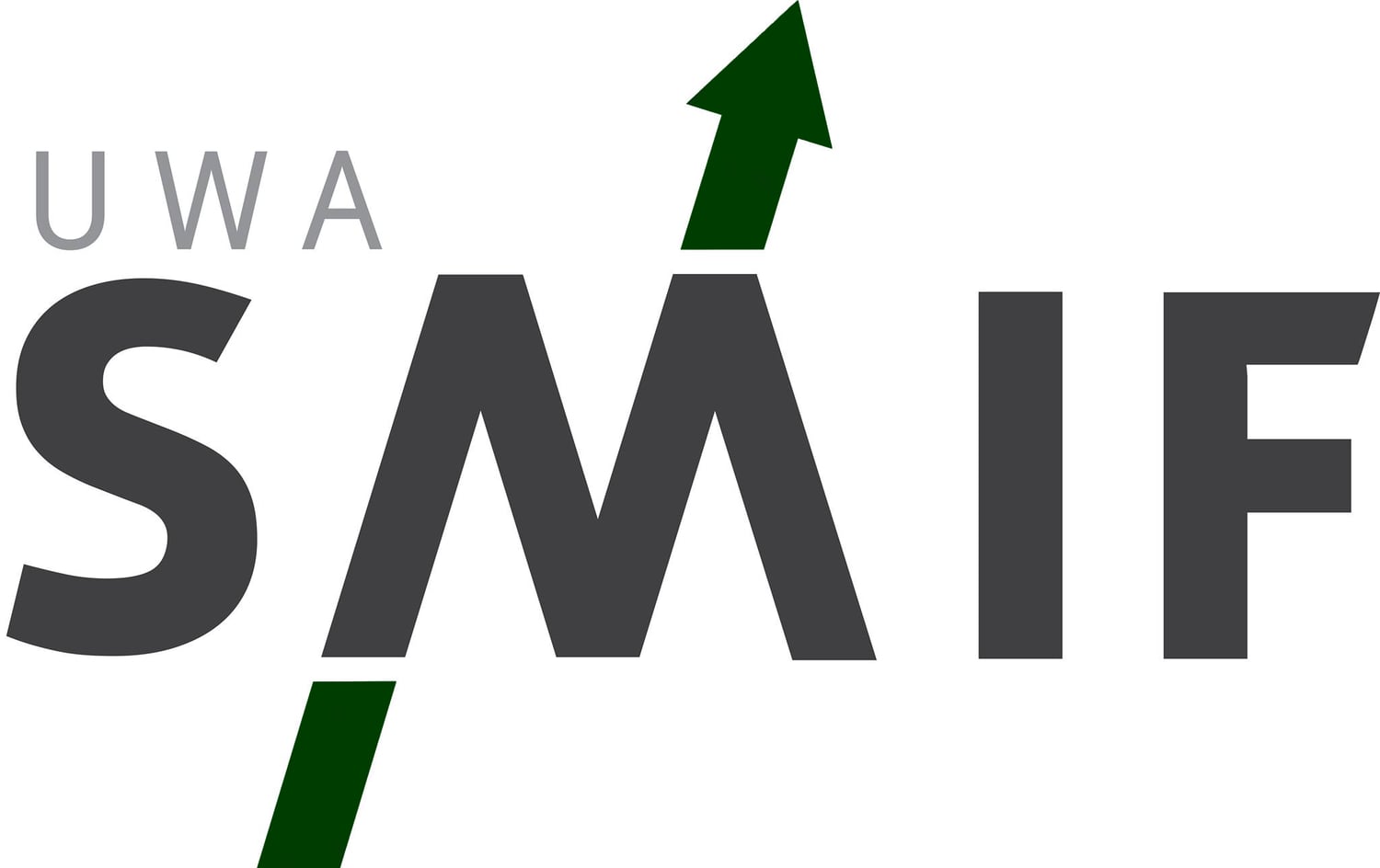· Turkey has experienced a tumultuous week after US President Trump imposed sanctions on Turkish government officials triggering a currency crisis. The Turkish Lira fell steeply to a low of 0.14 USD/TRY on Monday but has since recovered to a value of 0.16 USD/TRY. Turkey has responded by imposing further tariffs on US imports, with Turkish President Erdogan calling for a boycott of Apple Products. The Turkish Lira has lost 60% of its value year to date.
· India announced their largest trade deficit in July since May 2013 with their gap between imports and exports reaching $18 billion USD. This has worsened the prospects for the Rupee which has already been negatively affected by the crisis in Turkey, the currency has already depreciated 8.6% in 2018 and on Tuesday fell to a low of 70.08 INR/USD.
· The Bank of Canada has raised interest rates for the fourth time since July 2017, reaching 1.5%. The low rates since the global financial crisis have resulted in a record level of $1.6 trillion USD in debt, a figure that is mostly made up by mortgages. This level of debt has caused the central bank to gradually increase interest rates in order to avoid dramatically increasing default rates in the economy.
· On the 15th of August, Hong Kong intervened to defend its peg to the US dollar for the first time in three months, after the local currency fell to the weak end of its trading band.
Unlike a floating exchange rate system, where the value of the currency is determined through the private market forces of supply and demand, under a fixed or ‘pegged’ exchange rate, the value of the currency is determined against a major world currency (usually the US dollar) and maintained within a certain range by the central bank. The Turkey-induced turmoil in emerging markets prompted risk aversion among investors and strengthened the US dollar, placing pressure on the Hong Kong dollar. In response, the Hong Kong Monetary Authority bought HK$2.159 billion (275 million USD) of local dollars to ensure the currency traded within its permitted range of HK$7.75-7.85 against the USD. However, with the Hong Kong dollar likely to remain weak in the near future, further intervention from the monetary authority is expected.
· On the 7th of August the RBA left the cash rate on hold at 1.5% on the back of worrying levels of household debt, stagnant wages and falling house prices. The bank has become more optimistic that the unemployment rate will continue to fall and for inflation to rise towards target as Australia reaches potential output. The bank’s GDP forecast remains unchanged at 3% in 2018 and 2019. However, the market isn't so sure as indicated in the futures curve which now hasn't priced in any rate hike until January 2020.

